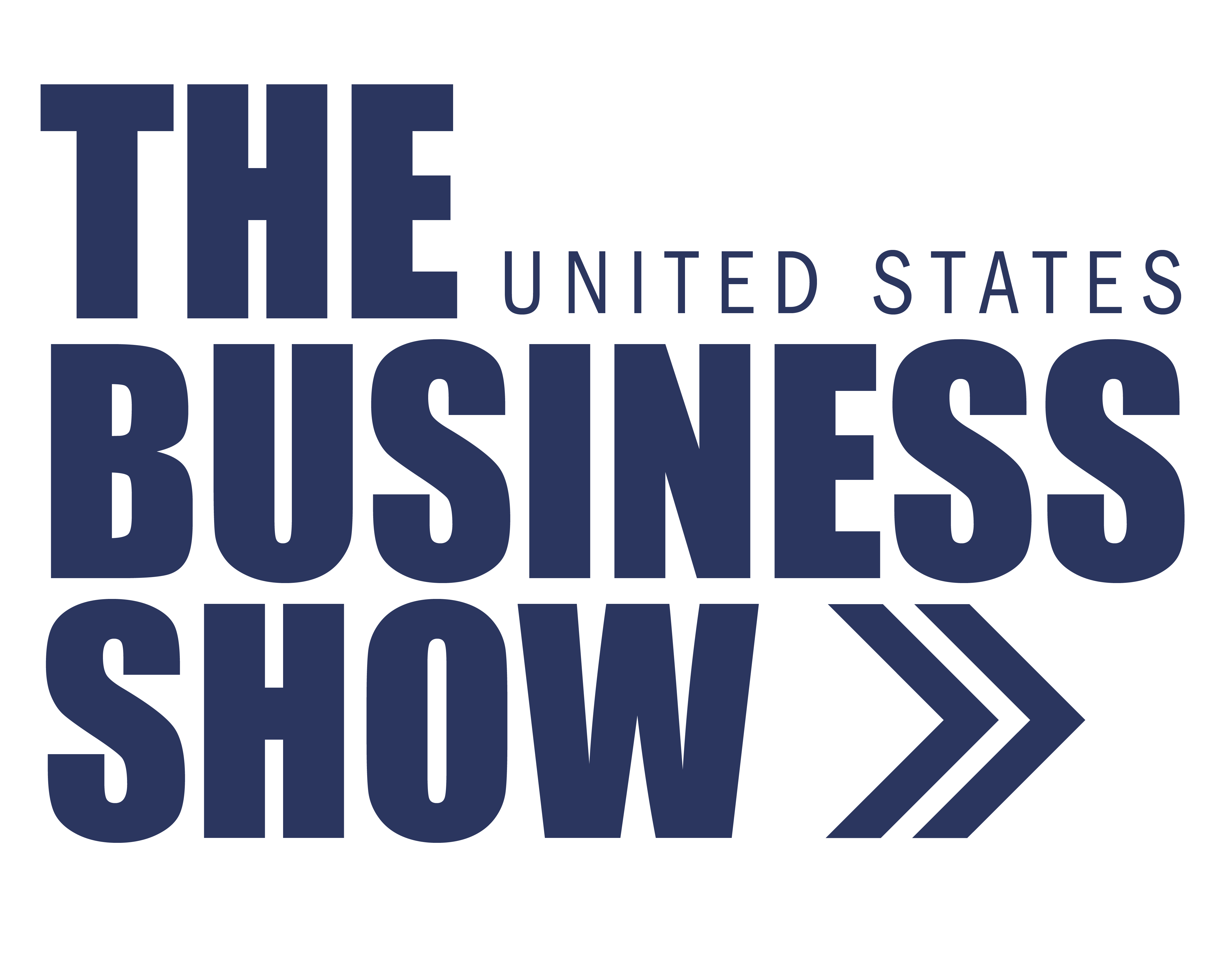)
Growing up, every time I moved, I sought out monkey bars. Not because of nostalgia, but because they weren’t just playground equipment to me—they were an opportunity. A way to turn something ordinary into a tool for growth.
That shift in perspective changed everything.
Businesses can do the same.
Too often, companies look outward for solutions:
-
More hires
-
Bigger budgets
-
New software
The assumption? Growth requires more.
But the real key isn’t in adding—it’s in reimagining what’s already there. The untapped potential isn’t in some external fix. It’s in your team. Their skills, creativity, and energy are underutilized assets waiting to be unlocked.
Stop Treating Well-Being and Performance as Separate
Businesses often overlook one of their greatest untapped resources: their people. Instead of focusing on external fixes like hiring more employees or spending more on software, the real key to growth is reimagining what’s already there—your team’s potential. This includes not only their skills but also their well-being, which too often gets treated as a secondary concern.
Most businesses divide these into two buckets:
-
Performance → Strategy, execution, bottom-line results.
-
Well-being → A perk, a cost center, an afterthought.
But that artificial division is the real bottleneck.
The best organizations don’t see well-being as an expense—they see it as a performance multiplier. When employees feel supported, they become more creative, resilient, and productive—without being forced.
Investing in people doesn’t mean throwing money at wellness perks. It means structuring your business so that well-being and success fuel each other.
Because when people are mentally and physically at their best, they:
-
Approach challenges with clarity and energy.
-
Contribute bigger ideas.
-
Create momentum that drives business results.
Companies that ignore this are losing out on their full potential and leaving profits on the table.
Post-COVID: The Changing Landscape of Workplace Well-Being
The pandemic reshaped how we think about health—mental well-being is no longer an afterthought; it’s a priority. Employees face stress both at home and work, often unaware of its toll until it becomes overwhelming. While not everyone actively seeks mental health support, having access to it at the right time can be life-changing. Many don’t realize they need it until the moment arrives.
Forward-thinking companies don’t just offer benefits—they integrate well-being into their core strategy, building a thriving workforce that fuels long-term success.
"Take care of your employees, and they will take care of your business." — Richard Branson.
When well-being is prioritized, employees become more engaged, innovative, and resilient, driving both culture and performance forward.
Well-Being as a Competitive Strategy
Prioritizing well-being doesn’t just improve culture—it creates a set of compounding competitive advantages:
-
Well-Being → Creativity
Healthy, engaged teams don’t just work harder—they think bigger. -
Investment → Resilience
A thriving team weathers uncertainty better than any management tactic. -
Culture → Longevity
The best organizations don’t burn out their people—they build them up.
And here’s the best part: you don’t need a bigger budget to make this happen.
By leveraging existing tax incentives, companies can turn employee well-being into a revenue-enhancing strategy. Instead of seeing payroll as a static expense, leaders can redirect resources into programs that improve engagement, retention, and performance—at little to no extra cost.
Shift Your Perspective. Unlock Your Growth
What if you stopped seeing payroll and benefits as expenses—and started seeing them as investments?
A business that nurtures its people is a business that wins. It innovates faster, adapts better, and attracts top talent effortlessly.
The solutions aren’t in some new software or bigger hiring spree.
They’re already in your business. Already in your team.
At Good Fortune, we help businesses unlock the hidden value within their teams. Through initiatives like the Preventative Health Initiative (PHI), organizations can take advantage of government-backed tax incentives to provide high-impact wellness benefits—without increasing costs.
These programs are hiding in plain sight, just like the untapped potential within your workforce.
All you have to do is look differently.
"When you change the way you look at things, the things you look at change." — Wayne Dyer
Written by Joe Fortune Co-founder of Good Fortune



